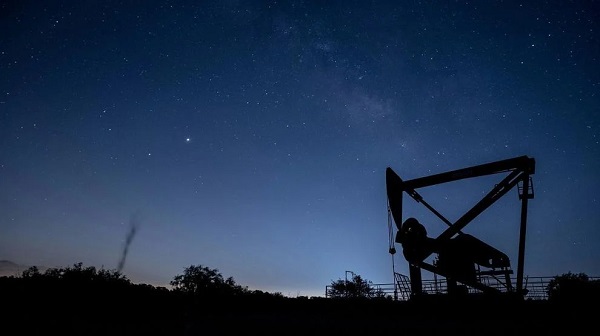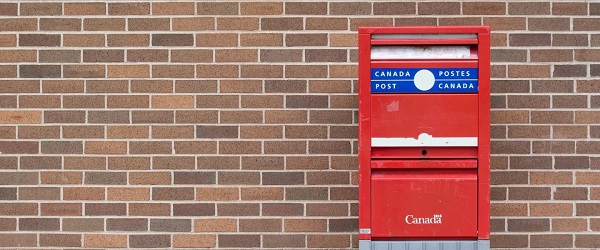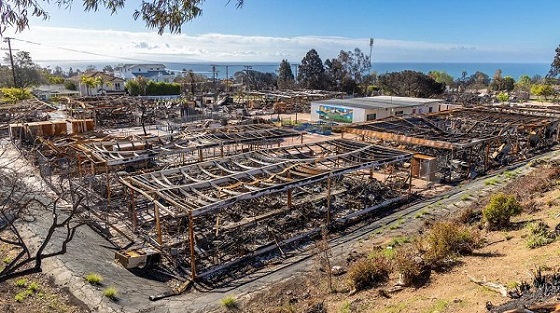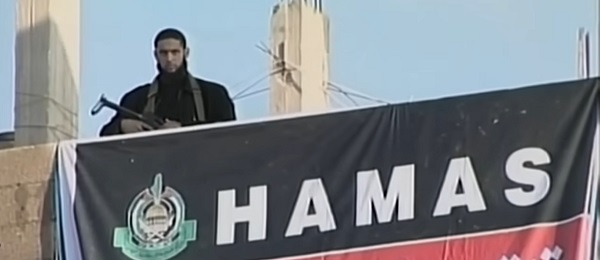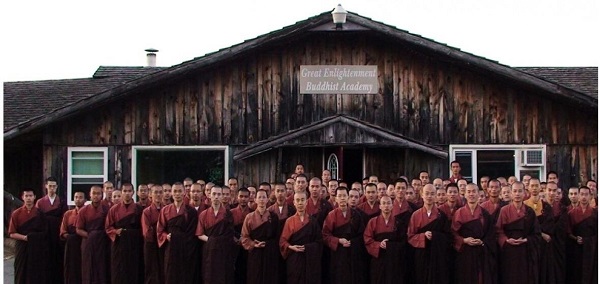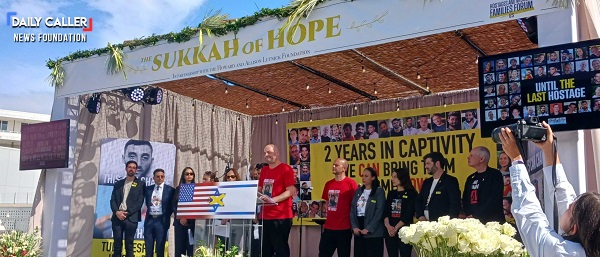Bruce Dowbiggin
Long-Distance Field Goals Have Flipped The Field. Will The NFL Panic?

It is a day that lives in infamy for Buffalo Bills fans. Jan. 27, 1991, with Buffalo against the New York Giants in Super Bowl XXV. Behind 20-19 with eight seconds left, Scott Norwood, a former All-Pro, attempted a 47-yard game-winning field goal. The kick was, in the immortal words of Al Michaels, wide right.
In the days of the Bills’ four consecutive losing trips to the Super Bowl a 47-yard field goal was within the range of an All Pro kicker. Still it was considered anything but automatic. And kicks of over 50 yards were moon shots with a high degree of failure. Sixty yards? Please, don’t make us laugh.

But as anyone watching field goals in the NFL and CFL can attest the distance barrier has been shattered. NFL kickers are making 72.5 percent of field goals from at least 50 yards. Four kicks have been made from at least 60 yards — one shy of the single-season record. Tampa Bay’s Chase McLaughlin hit a 65 yarder against Philadelphia in Week 4, one yard short of Justin Tucker’s record set in 2021.
Last Sunday Evan McPherson of Baltimore hit a 67-yarder that was wiped out by a late timeout called by Green Bay’ HC Matt LaFleur. (Jacksonville Jaguars kicker Cam Little hit a 70-yard field goal, but it was in preseason and not an official record.)
What makes this onslaught more interesting is that the record for longest FG in the NFL had stood 43 years from Tom Dempsey’s game-winning 63-yarder in 1970 against Detroit for New Orleans. (Dempsey, who has no toes on his right foot wore a special kicking boot.) It took Matt Prater and the light air of Denver to establish a 64 yarder on December 8, 2013. Since then it’s been bombs away.
Dallas’ Brandon Aubrey is the current king of effortless distance, regularly pounding them through from over 60. Many expect him to break the 70-yard mark. (Airlines have movies on flights that long.) No wonder then that the NFL has set records in each of the last four seasons for 50-yard field goals. The total of 195 in 2024 was double the total from every NFL season until 2015.
The combination of distance training plus a few new rules has revolutionized game strategy in today’s game. With the so-called Dynamic kickoff rules forcing more returns, teams are regularly starting drives at the 35- or 40-yard line. In late-game situations top quarterbacks like Buffalo’s Josh Allen or Kansas City’s Patrick Mahomes need to get only a couple of first downs to get in the range of their kickers.

Now, a TD with under a minute left is not the death sentence for teams with one of the better kickers— as Bills fans will remember from their crushing loss in the AFC championship game to the Chiefs in 2022. The game featured 25 points scored in the final two minutes of regulation. The Chiefs took just 11 seconds to get to Harrison’s Butker’s range for a tying 47-yard field goal, then won in overtime.
Once the kicker played another position. Today they are specialists. The science of kicking has also improved with a plethora of kicking camps and coaches springing up to train the latest generation of long-distance drivers of the ball. With only 30 jobs in the NFL the competition is fierce, and only the very best get even a look at the pros, let alone s job. But with the money paid to a steady kicker there are thousands each year refining their craft and strengthening their techniques to get a sniff.
Another innovation improving distance was the league allowing teams to prepare their own kicking balls for games. Now they receive a supply of 60 game balls before the season to use in games. 49ers kicker Eddy Pineiro estimates the broken-in balls add maybe three or four yards to the distance on kicks. The rules stipulate that no artificial heating, stretching or inflating are allowed but Jets kicker, veteran Nick Folk, says that it gives him. Comfort zone.
“We get to kind of do just like quarterbacks get whatever they want to do to the ball, as long as it looks like a football and the logo’s still there and all that stuff,” Folk told AP. “I think they’re pretty lenient with that. It’s a very welcoming thing to be able to kind of look at a ball and be like: ‘All right, I want to kick this one this week, I want to kick this one this week.’”
In the CFL the place-kicking game is about to get a big shock as the league moves goal posts from the goal line to the back of the new, smaller end zones. Kickers will now be forced to kick much further for three points, while offences will play on a smaller field that requires more emphasis on TDs.
Paul McCallum stroked a 63-yard to set the league’s record, and like the NFL, CFL kickers are constantly pushing their range in a league with only one indoor surface. Unlike the NFL, the CFL allows PKers to use a tee. Suffice to say the reconfigured field will take getting used to. (Already traditionalists are fuming.) At least we don’t have the rouge on missed FGs to kick around any more.
For now the quest for a 70-yard field goal continues. The question will be how does the NFL react to re-balance the field’s dynamics to protect the integrity of scoring.
Bruce Dowbiggin @dowbboy is the editor of Not The Public Broadcaster A two-time winner of the Gemini Award as Canada’s top television sports broadcaster, his new book Deal With It: The Trades That Stunned The NHL And Changed hockey is now available on Amazon. Inexact Science: The Six Most Compelling Draft Years In NHL History, his previous book with his son Evan, was voted the seventh-best professional hockey book of all time by bookauthority.org . His 2004 book Money Players was voted sixth best on the same list, and is available via brucedowbigginbooks.ca.
Bruce Dowbiggin
Canada’s Humility Gene: Connor Skates But Truckers Get Buried
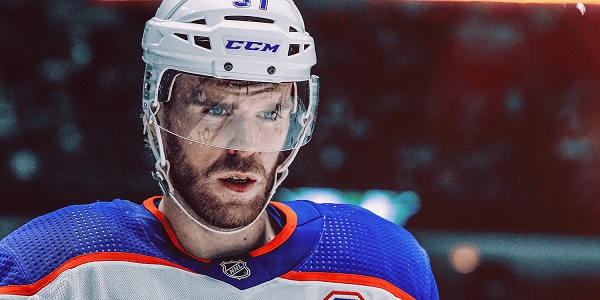
My friend and colleague Roy MacGregor used to talk about the “humility gene” in Canada’s hockey heroes. From Gordie Howe to Jean Beliveau to Wayne Gretzky it described the aw-shucks attitude of the top players in the game, who are as Canadian as Roy’s famous canoes.
The refusal to go Hollywood like the NFL, NBA or MLB stars was a defining characteristic of the hockey culture that once bound Canadians. For decades this “fear of flying high” was used by the NHL against the stars when it came to getting paid. Even when players belatedly started a union, their executive director Alan Eagleson did everything he could to suppress salaries and please his buddies in the owners’ box.
What Eagleson’s treachery didn’t accomplish the Tallest Wheat syndrome in Canada did . “You’re paid to play a child’s game. When is enough money enough? You should be grateful the owners let you wear their uniform.” For most players the fans’ withering guilt was the worst fear. In short, outsiders are not allowed to rip on Canada’s stars, but Canadians themselves are free to bring low their heroes.
In our obit for Bob Goodenow, Eagleson’s successor at the NHLPA, we described the slow, painful climb to final self determination in the 1990s. “It’s hard to understate the mentality he had to change… Goodenow convinced hockey players that to earn their worth in the market they had to stick together in negotiations.”

This is relevant this week as Canada’s star player Connor McDavid resurrected the humility gene in Edmonton. The greatest player in his generation McDavid held all the cards to negotiate a new contract with the Oilers or whomever he wanted. Everyone outside Edmonton— particularly his hometown Toronto Maple Leafs— wanted a piece of McDavid and was willing to pay a huge price for him.
As a hint at what McDavid might earn, Minnesota’s Kirill Kaprizov, who’s never won a major award or played past the first round of the playoffs, just received $136 million for eight years ($17M per year). The new CBA allows that soon the top players could earn as much as $20 M a year.
But this was humble time in a Canadian city mortified that its coolest kid was leaving. What to do? Being a self-deprecating Canadian and successor to the humility gene McDavid chose to halve the baby, taking a preposterously low $12.5 a year for two years in Edmonton while also making it obvious he’s gone should the Oil again fail to win the franchise’s sixth Stanley Cup.
It was the most Canadian solution to wanting to be a good guy for a city that, trying to being kind, isn’t Palm Beach or Brentwood. While hinting he will cash in later.
For certain the low-ball conclusion to what was to be a season of painful interviews about his future did nothing to endear McDavid to his fellow NHLPA members. Notwithstanding Kaprizov’s haul, McDavid’s cratering will put a chill on salaries for stars while putting a big smile on the face of NHL commissioner Gary Bettman. He has players back in the barn, and he has Canada to thank for it.
We saw that same Canadian herd instinct in the election when the Liberals marshalled ex-pat Mike Myers to reinforce the suppressing instinct. Exposed by Trump for their handling of their economy the past 10 years the Laurentian elite recoiled in horror, preferring the sunny fairways of self delusion over the reality of a dysfunctional nation.
The best bookend to McDavid’s humility is the concurrent legal resolution to the Truckers Convoy of 2022, a non-violent event (okay, someone pissed on the Cenotaph) that convulsed the nation for three weeks. If a Covid mask obscured your view of the circus let’s just say it was a sit-in by truckers upset with the arbitrary virus/ vaccine actions inflicted by Justin Trudeau’s government.

While Trudeau hid beneath his desk the truckers frolicked next to Parliament Hill, honking horns and playing on Bouncy Castles while the Hill’s media entertained thoughts of Lenin seizing power in 1917. The reality of the demonstration— no guns, no breaking down the doors of Parliament, no firebombing Trudeau’s residence— was lost on locals inconvenienced by long lineups at Shoppers Drug Mart. There was no mention of regime change or insurrection. Except in the eager-to-please-Justin media.
The high-profile stunt from the West clearly Irritated Woke Canada clinging to rumours of MAGA invasion (still embraced by these spares ), firebombing and CBC suggestions of Putin espionage demanded the full weight of the law for organizers Tamara Lich and Chris Barber.
So Trudeau sent in mounted police to bowl over grannies, and his justice droogs threw the book at the evil doers behind the convoy. Okay, they were charged with mischief. Remember. Not assault. Not destruction of property. Not subversive behaviour. Not overthrowing government. Not possession of weapons. All this performative justice applauded by Canada’s purchased media. Even when the OPP head of intelligence found no credible evidence of threats to national security, extremism, foreign influence (e.g., Russian or American sources, or Donald Trump), or plans for violence.
Because you can’t flaunt Canada’s Liberals and get away with it. So Lich and Barber were keel-hauled through the Canadian justice system and jails for three years. Huffy prosecutors and tendentious judges made the proceedings look like The Mikado, slapping the pair with criminal records and house arrest for not being sufficiently contrite to the Laurentian elites.
They still face civil charges from people whose bed times were upset by the truckers. And the judge hinted that they’ll be made to pay for the cost of cleaning up Wellington street after turning it into a party zone. But by God, they’ll think twice about challenging the federal liberals again.
And so, kids, our lesson? It’s okay to pretend humility in Canada. Just don’t dare get above your station.
Bruce Dowbiggin @dowbboy is the editor of Not The Public Broadcaster A two-time winner of the Gemini Award as Canada’s top television sports broadcaster, his new book Deal With It: The Trades That Stunned The NHL And Changed hockey is now available on Amazon. Inexact Science: The Six Most Compelling Draft Years In NHL History, his previous book with his son Evan, was voted the seventh-best professional hockey book of all time by bookauthority.org . His 2004 book Money Players was voted sixth best on the same list, and is available via brucedowbigginbooks.ca.
Bruce Dowbiggin
Elbows Up Part Deux: Liberal Canada Now Riding The Blue Jays
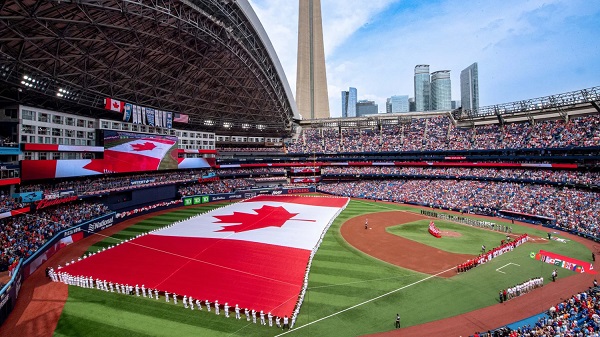
And you thought Elbows Up was just a hockey thing? Ha! The folks who marketed the Mike Myers hockey election campaign to use Donald Trump to distract Canadians have decided that baseball fans must too be swept up in patriotic fury to support the governing Liberal minority. All over a baseball team with zero Canadians on its roster.
This from the nation that half an hour ago was telling the world Canada was a genocidal settler tyranny burying murdered babies in the moonlight. Go figure.
Rogers Media is running commercials during the Blue Jays AL Divisional Series boasting in Liberal red and white “Proud owners of Canada’s national team”. (What team owner has ever put itself above the title on a sports team?) If you haven’t caught that ad there are others Rogers’ ads extolling its magnificence in giving Canada the highest telephone bills this side of Botswana. Oh wait… They say, Go Jays Go, Canada’s national team. Sorry about that.
The team’s announcers are also being made to read verbatim prefab trite slugs about the story of the Blue Jays not being written yet. (We counted three doing the hype before Gm. 1.) Watching the proud-as-punch onslaught from the team’s owner one would think this has to be more than Vlad Guerrero uber alles. And, of course, there is. Rudyard Griffiths, publisher of The Hub, calls it part of the “soft, silent takeover of the nation’s press”. Having used public money to bribe… er, support even the richest media in the country Liberals can count on their support for tongue bathing of Mark Carney’s faculty lounge.
The intro for Game One of the ALDS lathered the “Canada’s team” lard. You’re supposed to think its the 1992-93 World Series all over again. Don’t pay attention to those MAGA cranks in the corner. Rogers is not alone. Much of the advertising during the Jays/ Yankees equates Canada’s team and Canada proud. The advertisers on the games are punctuating ads with a “made in Canada by Canadians” angle (even as jobs flee the country).

But never has the Laurentian Elite of Canada needed a distraction from the mess of Canada’s Liberal hegemony. It can’t be seen that Trump was correct stating it was a better deal being part of the U.S. Samples of Elbows Down:
Canada has no mail system.
“Hollywood North” just got torpedoed by Trump.
Government financial watchdog said the economy is “unsustainable”
Country is in cost-of-living, unemployment and housing crises.
Imperial just let go 1,000 employees and sold its Calgary HQ.
There’s plenty more. Like the virtuous refusing to visit the U.S., the Jays’ insertion into the mindset of Boomer Canada is providential to advertisers who make a living pitching the Liberal brand. Almost as precious as “Our” team is the concept of the Blue Jays as a national team. It seems like only yesterday they were deposing the previous national team, the Montreal Expos. The ‘Spos had aided Toronto in getting a franchise in 1977. When Toronto sputtered in the early days the Expos gave them oxygen. But as we wrote in July of 2023, the newcomer turned on their National League cousins.

“As the Jays went from weak sister to equal partner to dominant team on the field winning the 1992-93 World Series, their tone about letting Expo games generate income in their territory grew less than cordial. Labatt Breweries owned the biggest, most lucrative market in Canada. And only they should profit from it.
This exposed the fundamental weakness of the Montreal franchise. The Olympic Stadium was proving to be a cold, fan-unfriendly disaster. Hundreds of thousands of English speakers had left the province when the Parti Québecois took power. At the same time as initial owner Charles Bronfman was tiring of coming up short on the field and repeated labour stoppages, the Expos were threatened with a severe hit to their broadcast revenues.
Their friendly sharing of MLB in Canada with the Jays now appeared naïve. MLB said the Expos could control Quebec and the Maritimes, but it would have to stay out of southern Ontario. McHale could see the writing on the wall. Owner Bronfman appealed to then-commissioner Bowie Kuhn for relief, saying this ruling would “ghettoize” the team within Canada. His intent on buying the club in 1969 had been to “bring Quebec into the nation”. Instead, the team he’d encouraged to join MLB was freezing the Expos out of the large English speaking markets.
After hearing from the Jays, MLB commoner Bowie Kuhn allowed the Expos to show 15 TV games a season in Ontario. McHale and Bronfman knew this was inadequate. As the Jays started getting into the postseason in 1985 and the Expos sank in the NL the die was cast. Making it worse, the Canadian dollar began its plunge that ended with a 62-cent dollar versus the U.S.

The 1994 season, in which Montreal had the best record in MLB, was cancelled. Bronfman sold the club to a consortium of owners without Bronfman’s means. By 2000, attendance nosedived as the Expos dumped their great core of Walker, Pedro Martinez, Moises Alou and John Wetteland. By the early 2000s, new American owner Jeffrey Loria was actively trying to sell the team to investors who’d move it to the U.S.
By 2005, the Expos were sold to new owners in Washington who renamed the club the Washington Nationals. Loria, meanwhile, was allowed to buy the Florida Marlins franchise, which he ran into the ground as he’d done to the Expos.
The Blue Jays, meanwhile swept in to capture the entire Canadian sports TV audience. They are today valued by Forbes magazine at a cool $2.1 billion. There was talk of transferring the Tampa Bay Rays to Montreal but that evaporated when local Florida politicians promised lawsuits. MLB is now talking about possibly returning to Montreal as an expansion club should they build a proper ball park.
Although who in Quebec has a billion to throw at a baseball stadium is unclear. And how they’d get past the Blue Jays monopoly on broadcast rights in English Canada is also a huge question. Just remember, however, that you needn’t look far to see who had a large hand in killing the Expos.
It was the Toronto Blue Jays.”
Bruce Dowbiggin @dowbboy is the editor of Not The Public Broadcaster A two-time winner of the Gemini Award as Canada’s top television sports broadcaster, his new book Deal With It: The Trades That Stunned The NHL And Changed hockey is now available on Amazon. Inexact Science: The Six Most Compelling Draft Years In NHL History, his previous book with his son Evan, was voted the seventh-best professional hockey book of all time by bookauthority.org . His 2004 book Money Players was voted sixth best on the same list, and is available via brucedowbigginbooks.ca.
-

 Business1 day ago
Business1 day agoTruckers see pay surge as ICE sweeps illegal drivers off U.S. highways
-
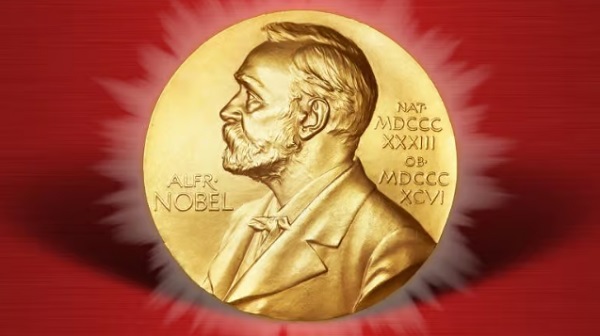
 Brownstone Institute1 day ago
Brownstone Institute1 day agoTrump Covets the Nobel Peace Prize
-

 International1 day ago
International1 day agoHamas releases all living hostages under Trump peace plan
-

 COVID-192 days ago
COVID-192 days agoThe Trials of Liberty: What the Truckers Taught Canada About Power and Protest
-

 Business1 day ago
Business1 day agoNetherlands Seizes Chinese-Owned Chipmaker in Unprecedented Security Move
-

 Business1 day ago
Business1 day agoUN, Gates Foundation push for digital ID across 50 nations by 2028
-
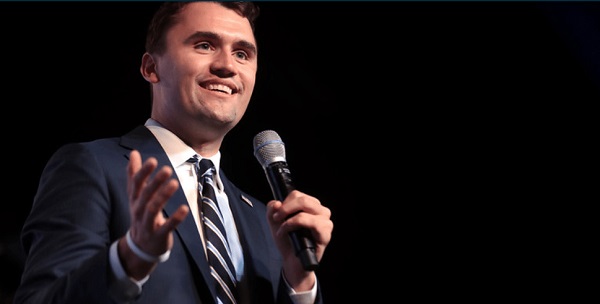
 C2C Journal1 day ago
C2C Journal1 day agoCharlie Kirk and the Fragility of Civic Peace
-
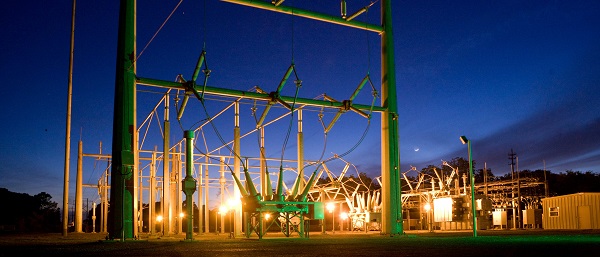
 Business18 hours ago
Business18 hours agoFinance Titans May Have Found Trojan Horse For ‘Climate Mandates’
